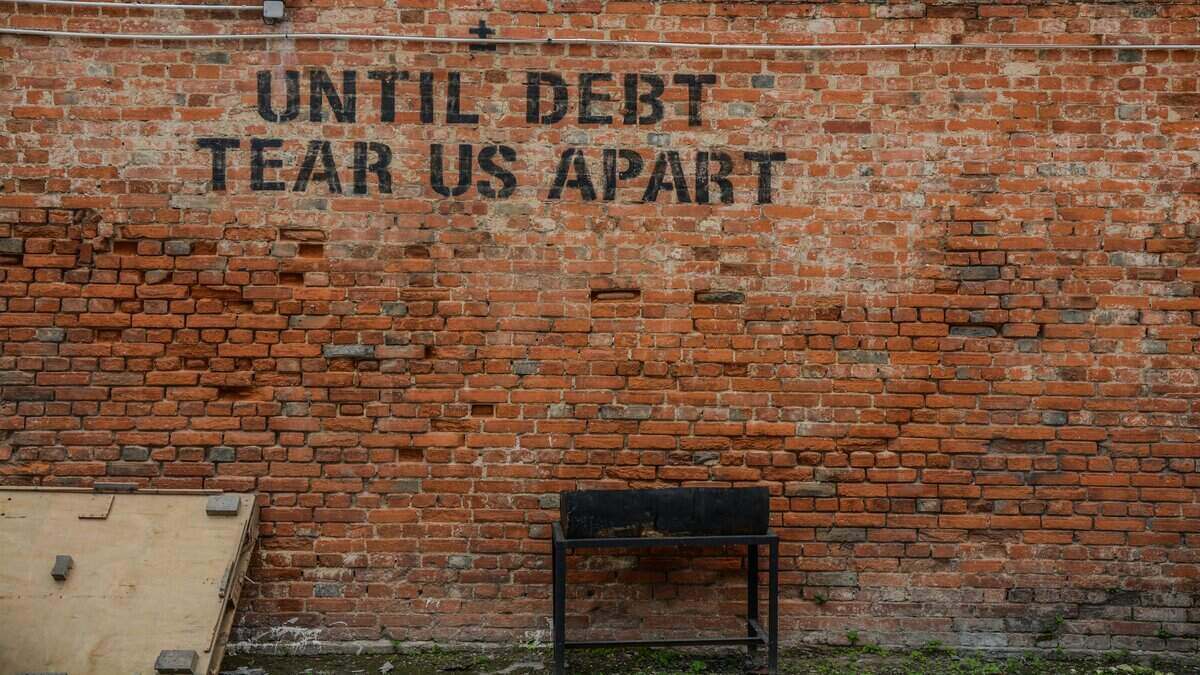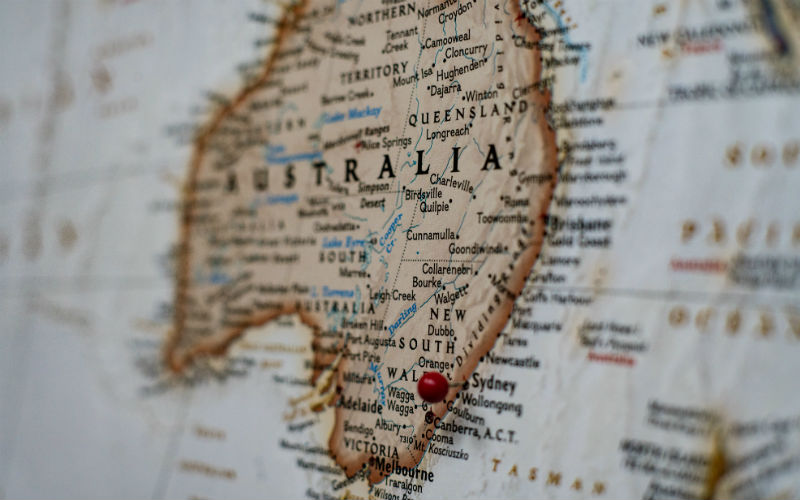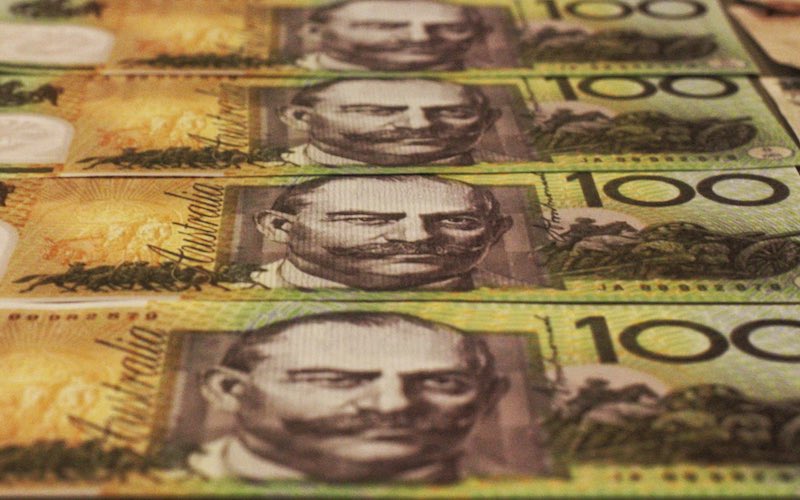Household spending dropped 14% in January, with services spending down nearly 6% compared to December, and goods spending dropping 21.5%.
A decline in spending after the Christmas period is to be expected, but the annual figures suggest Aussies continue to tighten the purse strings in light of high interest rates and the elevated cost of living.
Spending in January was 3% higher than January '23 in current price terms, but with annual inflation estimated at 3.4% over the same period, in real times spending looks to have decreased.
Of course, a drop in spending is exactly what the RBA are looking for to ease inflation, but the Australian Council of Social Services (ACOSS) say Wednesday's GDP numbers show the Reserve Bank have raised interest rates too high.
GDP growth for Q4 was 0.2%, with an annual increase of 1.5% the lowest since 2000 outside of the pandemic, and in per capita terms, GDP growth was negative.
Consumption growth was virtually flat, at 0.1% q/q and annually, which NAB Chief Economist Alan Oster says is the slowest annual growth in almost 40 years outside of COVID and the GFC.
"The key story [in GDP numbers] remains the weakness in household consumption," Mr Oster said.
ACOSS CEO Cassandra Goldie says the continuing per capita recession shows the rate hikes have put too much pressure on households already struggling with inflation.
"Excessive interest rate rises last year have brought financial distress and job losses as we enter 2024 and they are likely to continue to suppress growth in jobs and incomes unless the RBA changes course," she said.
"Monetary policy decisions involve challenging trade-offs but we believe the RBA raised rates too aggressively last year and should start bringing them down when it meets later this month."
However, the national accounts numbers are in line with RBA modelling in the most recent Statement on Monetary Policy, so Ms Goldie's words may not be heeded by Ms Bullock and the rest of the Reserve Bank board.
The National Accounts also showed the household savings ratio nearly doubled from 1.9% to 3.2% in the December '23 quarter, so the decline in spending may not necessarily just be from Australians being pushed to breaking point.
Mr Oster believes the RBA will not be concerned with this latest round of data releases.
"NAB continues to see the RBA on hold until November," he said.
"While growth is below trend and progress is being made on reducing excess demand, household income outcomes suggest the RBA should be less concerned about downside risks to consumption."
Households cut back on non essentials
Over the year to January, discretionary spending in current price terms rose 0.2%, well below inflation.
Spending on furnishings and household equipment fell 1.6% through the year, while spending on clothing and footwear declined in real terms when adjusted for inflation.
On the other hand, spending on essential goods rose 5.6% through the year.
"Compared to January 2023, households are spending more on transport, food and health," ABS head of business statistics Robert Ewing said.
Housing demand easing?
While high interest rates have contracted consumption as would have been expected, the rate hikes did not prompt the decline in demand to buy property that conventional wisdom would have suggested.
Property prices across Australia have seen strong growth throughout 2023 and the start of this year, with the Western Australian and Queensland markets in particular booming.
However, the ABS also released Lending Indicators on Wednesday which showed a 3.9% decline in the value of new house lending through January.
CommBank economist Belinda Allen says this was surprisingly low given the data gathered by Australia's largest bank.
"Our data suggested a small lift in lending for housing occurred over January, after sharp falls in December," she said.
"The data for January printed much weaker than we (+1.6%), and consensus (+2.0%) expected."
New housing lending remains 8.5% higher through the year though, so it would probably be extremely premature to declare that housing demand on the whole is heading down.
Photo by rupixen.com on Unsplash

Ready, Set, Buy!
Learn everything you need to know about buying property – from choosing the right property and home loan, to the purchasing process, tips to save money and more!
With bonus Q&A sheet and Crossword!



 Emma Duffy
Emma Duffy
 Harrison Astbury
Harrison Astbury













